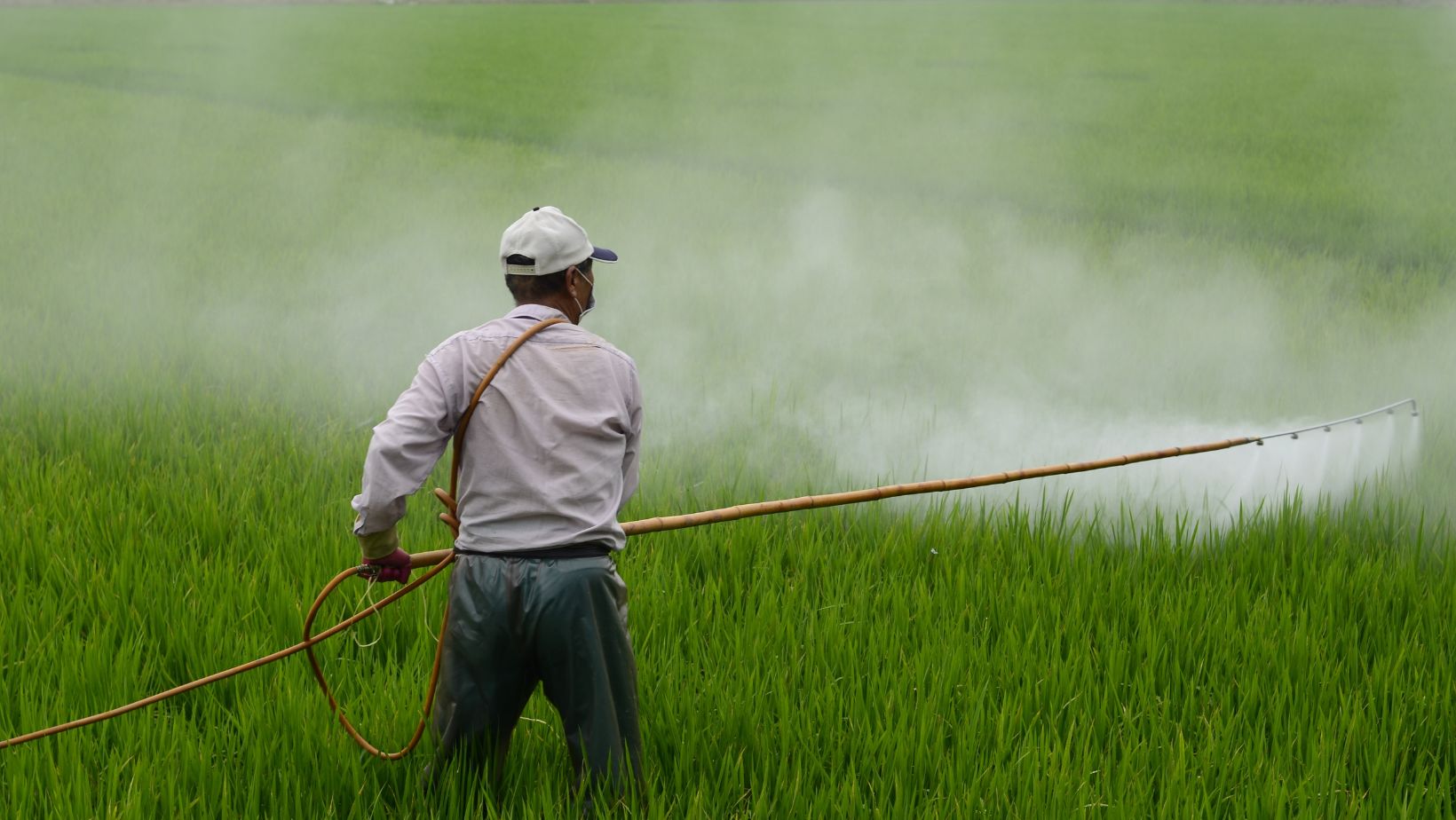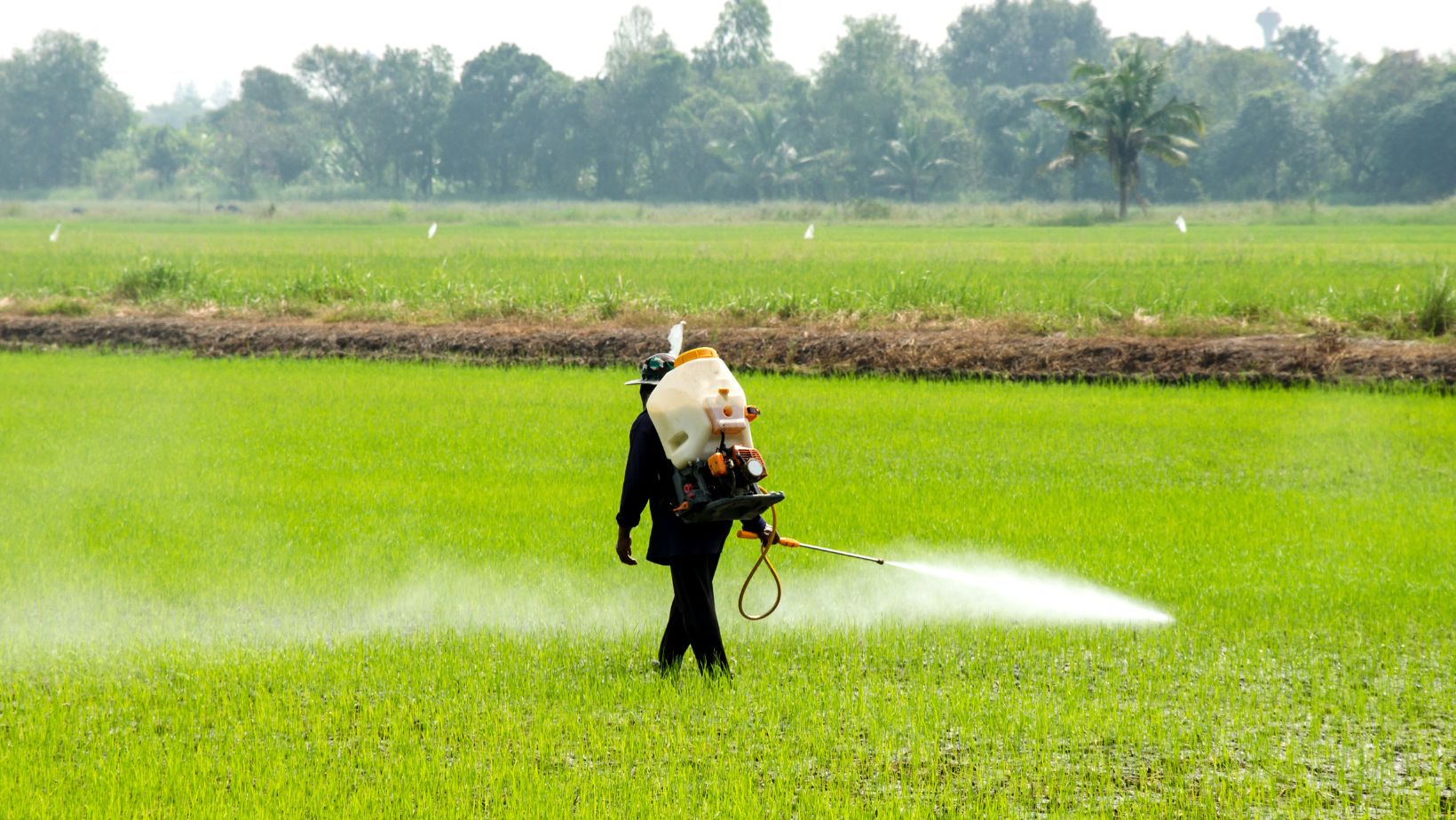California is the Golden State sunkissed by Mother Nature’s abundance of fresh fruits and nuts. According to the latest stats from the CDFA, California grows more than 99% of commercially produced crops in the United States.
But beneath the facade of the state’s Mediterranean-like climate and rocky beaches is an open secret that’s now been fully exposed.
The long-term effects of the herbicide Paraquat were brought to the public’s attention in June 2022. Judge Nancy J. Rosenstengel issued a discovery schedule on the Paraquat MDL.
By that time, up to 30 cases were consolidated into multidistrict litigation. The stage had been set for the Paraquat lawsuits.
In this article, we’ll take a closer look at why California has been deemed a hotspot for Paraquat exposure.
Paraquat Linked to Serious Health Risks
The CDC lists Paraquat as a toxic chemical widely used for weed and grass control. In the U.S., the herbicide is available largely in liquid form. The EPA classifies Paraquat as “restricted use” because of its highly poisonous content.
Paraquat was first introduced for commercial purposes in the agricultural sector in 1961. Before this, no one knew of the dangers paraquat exposure produced. The toxic chemical has been linked to Parkinson’s disease in the farming community where it is widely used.
The progressive disorder that attacks the nervous system affects nearly 90,000 people in the U.S. each year. While there is no cure, there are treatments that can decrease the symptoms.
Despite being banned in 50 countries, Paraquat is still used in the U.S. in commercial farming. The toxic weedkiller is the subject of numerous lawsuits. Not only is prolonged exposure associated with Parkinson’s, there are other adverse health effects as well.
The focus of the paraquat lawsuits is against manufacturers for neglecting to warn about the risks of chronic exposure, says TorHoerman Law.
While the EPA has restricted the use of the weedkiller, advocacy groups are calling for a total ban.
The California Connection
Paraquat poisoning usually occurs via skin exposure in concentrated versions. If inhaled, it could lead to lung damage. When in direct contact with the mouth, the likelihood of damage to the lining of the mouth, stomach and intestines increases, says the CDC.
It’s self-explanatory that farmworkers are the most at risk of Paraquat exposure and poisoning. The largest concentration of farm workers in the U.S. also happens to be in California.
Earthjustice sued the EPA for allowing Paraquat to remain on the market. In light of the overwhelming evidence, the EPA said it would take another look at its decision to keep the herbicide on the market.
Citing a study from the NIH, Earthjustice claimed that workers who used Paraquat were two times more likely to develop Parkinson’s disease.
More interesting was a recent study published in the International Journal of Epidemiology. The findings concluded that Paraquat dichloride exposure increased the risk of Parkinson’s disease for those living near farming areas where the herbicide was sprayed.
Latino Farming Communities the Most Vulnerable
Unfortunately, Latinos in California’s farming communities are exposed to higher-than-normal amounts of Paraquat, says EWG.
Kern County in particular is a hotspot of paraquat use, claims the organization. With high poverty rates, the Shafter and Wasco communities have bore the brunt of exposure.
EWG added that these communities are disproportionately impacted by environmental health pollutants throughout the U.S. What’s more shocking is that Latino residents are often double exposed since many farmworkers also live in nearby areas.
California Making Strides
California is in the process of introducing new legislation. The Los Angeles Times reported that the state is seeking to ban Paraquat. Assembly Bill 1963 would put a stop to Paraquat use by 2026.
Assemblymember Laura Friedman who introduced the bill said during a press conference in April that California should follow the more than 60 nations that have already banned the chemical.
She added that the state government needed to prioritize public safety and environmental sustainability.
In response to Friedman’s proposed bill, Swiss manufacturer Syngenta rejected claims of links to Parkinson’s and other diseases. The company told the publication there was no scientific basis for the new bill.
Syngenta maintained that the chemical is safe “when used as directed.” It added that the substance helps farmers control weeds and prevents them from taking water and nutrients from crops.
The Paraquat herbicide lawsuit is ongoing. Presently, Paraquat litigation is proceeding with over 5,757 cases filed. All related lawsuits have been consolidated in one court for the pretrial phase.
If justice prevails in the paraquat lawsuit, lawmakers will have to consider a ban on the toxic chemical. Today it might be California in the crosshairs. Tomorrow, it could be another state at high risk of Paraquat exposure.










